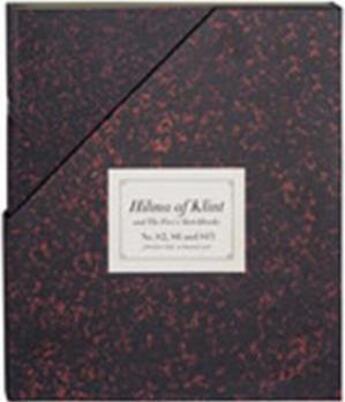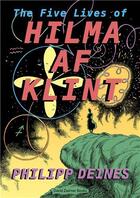Résumé:
A three-volume slipcased facsimile of sketchbooks from Hilma af Klint and her Spiritualist circle.
Hilma af Klint (1862-1944) was a pioneer of modern abstract art who turned away from the visible, physical world to embrace a spiritual reality in both her life and work. In 1896, together with... Voir plus
A three-volume slipcased facsimile of sketchbooks from Hilma af Klint and her Spiritualist circle.
Hilma af Klint (1862-1944) was a pioneer of modern abstract art who turned away from the visible, physical world to embrace a spiritual reality in both her life and work. In 1896, together with Anna Cassel (1860-1937), Cornelia Cederberg (1854-1933), Sigrid Hedman (1855-1922) and Mathilda Nilsson (1844-1923), af Klint left the Edelweiss Society--a group which combined Christian concepts with ideas of Theosophy and Spiritualism--and established The Five. The all-female group, which met every Friday in Stockholm to practice group meditations and séances, believed they could channel mystic beings whom they called the High Masters, with names such as Amaliel, Ananda and Gregor. In trancelike states, the women transcribed the messages from these High Masters via automatic writings and drawings into a series of shared sketchbooks, resulting in a kaleidoscope of collective and raw work that is firmly rooted in the spiritual realm.
Over the course of the group's existence, up until 1908, they filled 15 such sketchbooks, three of which have been reproduced in facsimile form for the first time and are presented in this sumptuous slipcased edition. The set includes sketchbook nos. 2, 6 and 13, dating from October 1896 to January 1906, and provides a rare look into the early influential years of af Klint's artistic and spiritual practice.
Donner votre avis















